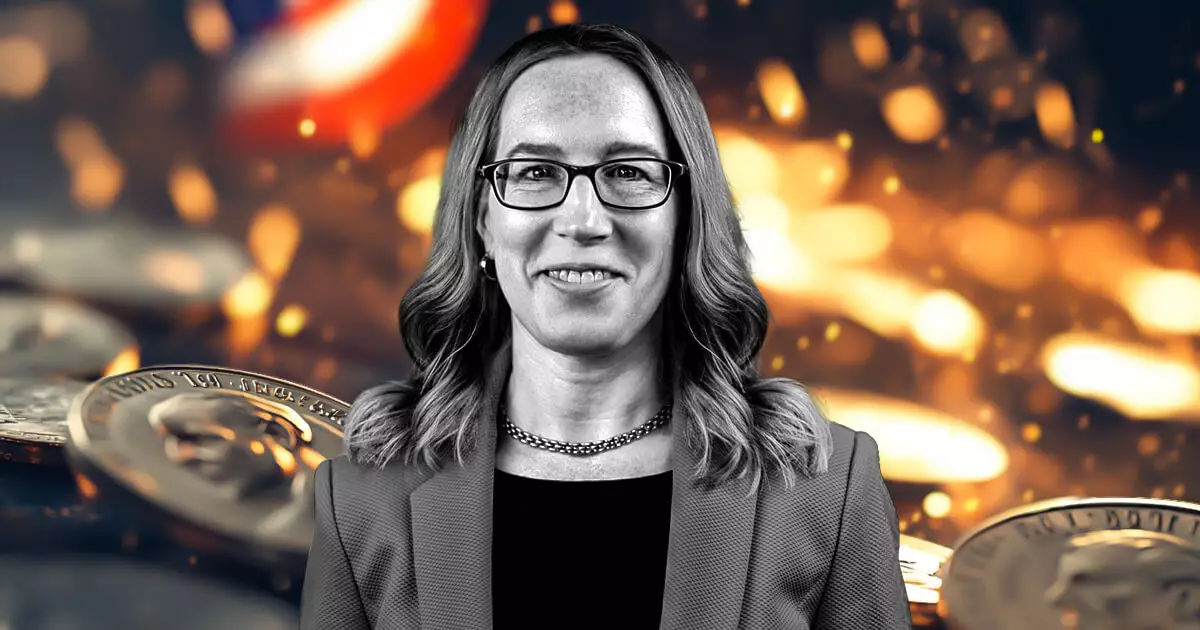In a recent interview, Hester Peirce, a commissioner for the U.S. Securities and Exchange Commission (SEC), shed light on the complex regulatory landscape surrounding memecoins. Peirce’s observations underscore a critical challenge that regulators face: the existing laws do not categorize most of these whimsical digital assets as securities, thereby leaving a regulatory gap. This revelation raises questions not only about the scope of the SEC’s authority but also about the nature of memecoins themselves. According to Peirce, while the intentions behind the creation of memecoins vary widely, many do not fit neatly into the current regulatory frameworks.
The Call for Legislative Clarity
Peirce’s comments suggest the urgent need for Congress to step in to delineate clear guidelines for the regulation of memecoins and similar assets. This legislative intervention could provide much-needed clarity for both developers and investors by creating a framework that accounts for the unique characteristics of these tokens. Without such clarity, the risk of regulatory uncertainty could stifle innovation in the cryptocurrency space. Moreover, Peirce also indicated that oversight might need to extend beyond the SEC’s jurisdiction, hinting that the Commodity Futures Trading Commission (CFTC) may be better suited for this task.
The debate over the classification of memecoins continues to draw opinions from various stakeholders. David Sacks, a crypto advisor affiliated with the White House, argued strongly for viewing memecoins as collectibles rather than financial securities. This perspective posits that the value of memecoins is largely derived from market sentiment—akin to baseball cards or stamps—rather than traditional investment contracts. Such a viewpoint suggests a fundamental shift in how we perceive value within the digital asset realm.
Nate Geraci, President of the ETF Store, reinforced Sacks’ assertion, identifying memecoins as more aligned with digital collectibles than with securities. This analogy is important as it may inform future regulatory measures and highlight the necessity for a tailored approach to crypto assets, recognizing that not all digital tokens should be treated under the same regulatory umbrella.
Despite their speculative nature, memecoins have experienced a remarkable surge in popularity over the past year, largely fueled by internet culture and the whims of public figures. Notably, even high-profile individuals like former U.S. President Donald Trump have ventured into this space by launching their own memecoins. Additionally, international examples, such as the Central African Republic’s launch of the CAR token, exemplify the global reach of this phenomenon.
This growing enthusiasm underscores the notion that memecoins are not merely financial instruments but rather cultural artifacts that tap into social trends and the virality of internet phenomena. As crypto influencer Ansem points out, the social dynamics surrounding these tokens contribute significantly to their allure and sustained relevance in the digital asset landscape.
The regulatory challenges posed by memecoins exemplify the difficulties faced by financial regulators in keeping pace with the rapid evolution of digital assets. As the line between collectibles and securities becomes increasingly blurred, it is imperative for lawmakers to provide the necessary guidance to regulate this burgeoning sector effectively.














